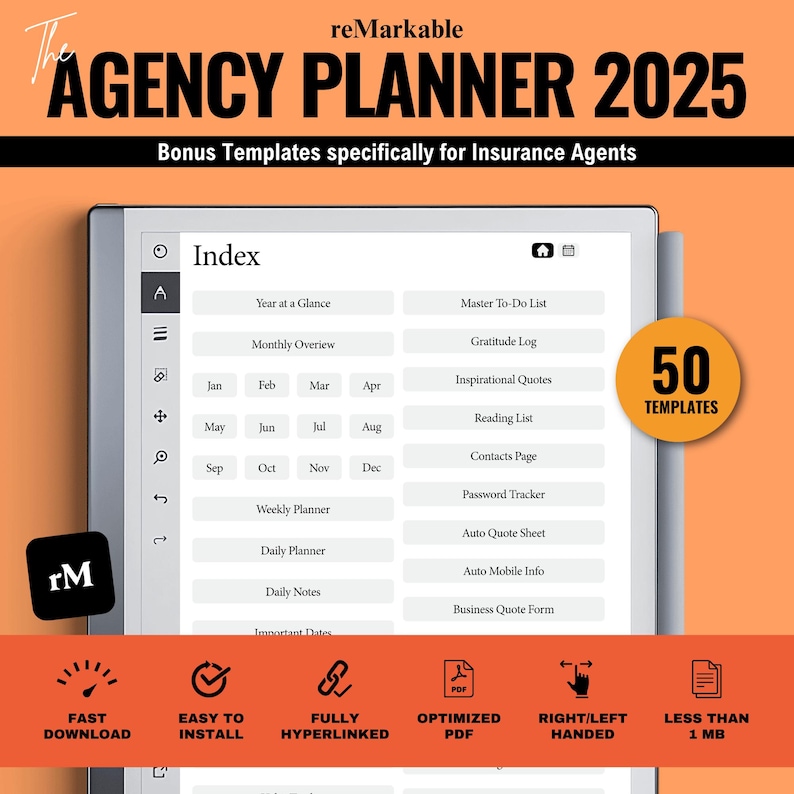Renovating your home can be an exciting journey filled with creativity and transformation. However, amid the dust and design decisions, one crucial aspect often gets overlooked: securing the right property insurance. Renovations inherently carry risks—from unexpected damages to accidents on-site—that standard homeowner’s policies might not fully cover. In this article, we’ll explore how to navigate the complexities of property insurance during renovations, ensuring your investment—and your peace of mind—are protected every step of the way.
Table of Contents
- Understanding Insurance Risks During Home Renovations
- Assessing Coverage Needs for Different Types of Renovation Projects
- Choosing the Right Insurance Policy for Comprehensive Protection
- Steps to Communicate Renovation Plans Effectively with Your Insurer
- Final Thoughts
Understanding Insurance Risks During Home Renovations
When undertaking home renovations, the usual boundaries of property insurance are often tested. Insurance policies typically exclude damages caused during construction, leaving homeowners potentially vulnerable to uncovered losses. Common risks include accidents involving contractors, theft of materials, and damages caused by faulty workmanship or unexpected structural failures. Understanding these nuances is vital to safeguard your investment and ensure that your coverage aligns with the realities of an active renovation site.
To effectively manage these risks, it’s essential to communicate proactively with your insurance provider. You should:
- Notify your insurer before starting any major renovations to update your coverage accordingly.
- Secure builder’s risk insurance, which can cover materials, equipment, and structural elements during construction.
- Verify contractor insurance to ensure any liability for injuries or damages caused by workers is properly covered.
- Document the property’s condition before work begins through photos and written records as evidence against potential claims.
These steps strengthen your position in the event of unforeseen incidents and reinforce your commitment to comprehensive risk management throughout your renovation journey.
Assessing Coverage Needs for Different Types of Renovation Projects
When planning to insure your property during renovations, understanding the scope and nature of the project is essential. Simple cosmetic updates, like painting or installing new fixtures, generally require minimal adjustments to your existing coverage. However, more extensive renovations—such as structural changes, electrical rewiring, or additions—introduce new risks that standard policies may not fully address. It’s crucial to communicate the exact nature of your renovations with your insurer, emphasizing factors like duration, scale, and any contractors involved, to ensure your coverage matches the potential liabilities.
Different categories of renovation projects bring varied insurance considerations, including:
- Minor Repairs: Typically covered under existing policies but verify limits on materials and workmanship.
- Major Remodels: May require policy endorsements to cover construction materials on-site and extended liability.
- New Additions: Can affect property valuation and often necessitate comprehensive temporary coverage adjustments.
- Vacant or Unoccupied Properties: Often excluded or limited in standard insurance; specialized coverage is advised during renovation gaps.
Tailoring coverage to the specific renovation type not only protects your investment but also safeguards against unforeseen setbacks that could derail your project timeline and budget.
Choosing the Right Insurance Policy for Comprehensive Protection
When selecting an insurance policy to safeguard your property during renovations, it’s essential to look beyond standard coverage. Renovations introduce unique risks such as accidental damage, theft of building materials, and liability for construction-related injuries. Policies tailored specifically to renovation projects often provide broader protection that accounts for fluctuating values, increased contractor presence, and potential delays that could impact coverage periods. Ensure the policy explicitly includes coverage for materials on-site, tools, and temporary structures to avoid unexpected out-of-pocket expenses.
Evaluating your options requires a careful balance between cost and coverage scope. Consider policies that offer:
- All-risk coverage instead of named perils, providing protection from unforeseen incidents.
- Liability protection that covers contractor-related accidents.
- Flexible valuation clauses, which can adjust to the value of your property as improvements are made.
- Additional living expense coverage if renovations force temporary relocation.
Working closely with an insurance advisor who understands renovation risks can tailor a policy that aligns with the project’s scale and duration, offering peace of mind throughout the construction process.
Steps to Communicate Renovation Plans Effectively with Your Insurer
When discussing your renovation plans with your insurer, clarity and thoroughness are key. Begin by providing a detailed overview of the project scope, including timelines, materials to be used, and any potential risks involved. Be proactive in sharing documentation such as contractor contracts, permits, and project schedules. This level of transparency helps the insurer accurately assess risk and adjust your policy accordingly, ensuring you remain covered during each phase of the work.
Additionally, keep communication channels open throughout the renovation. Regularly update your insurer about significant changes or unexpected delays, as these may affect coverage terms or premiums. Use clear, concise language and avoid jargon to prevent misunderstandings. Consider creating a dedicated communication log that summarizes conversations, email exchanges, and confirmations to maintain a clear record. Alerting your insurer to any modifications promptly will help safeguard your property and avoid coverage gaps during this vulnerable period.
- Provide comprehensive project details upfront—scope, materials, timeline
- Submit official documentation like permits and contracts
- Maintain ongoing updates when project parameters shift
- Keep records of all communications for future reference
- Use straightforward language to avoid confusion
Final Thoughts
Securing the right property insurance during renovations is a critical step that shouldn’t be overlooked. By carefully assessing your coverage needs, communicating openly with your insurer, and understanding the potential risks, you can protect your investment and give yourself peace of mind throughout the renovation process. Remember, renovations come with unique challenges—and having the appropriate insurance in place ensures that you’re prepared for whatever surprises may arise. Taking these precautions now means you can focus on transforming your space, knowing that your property and finances are safeguarded every step of the way.





